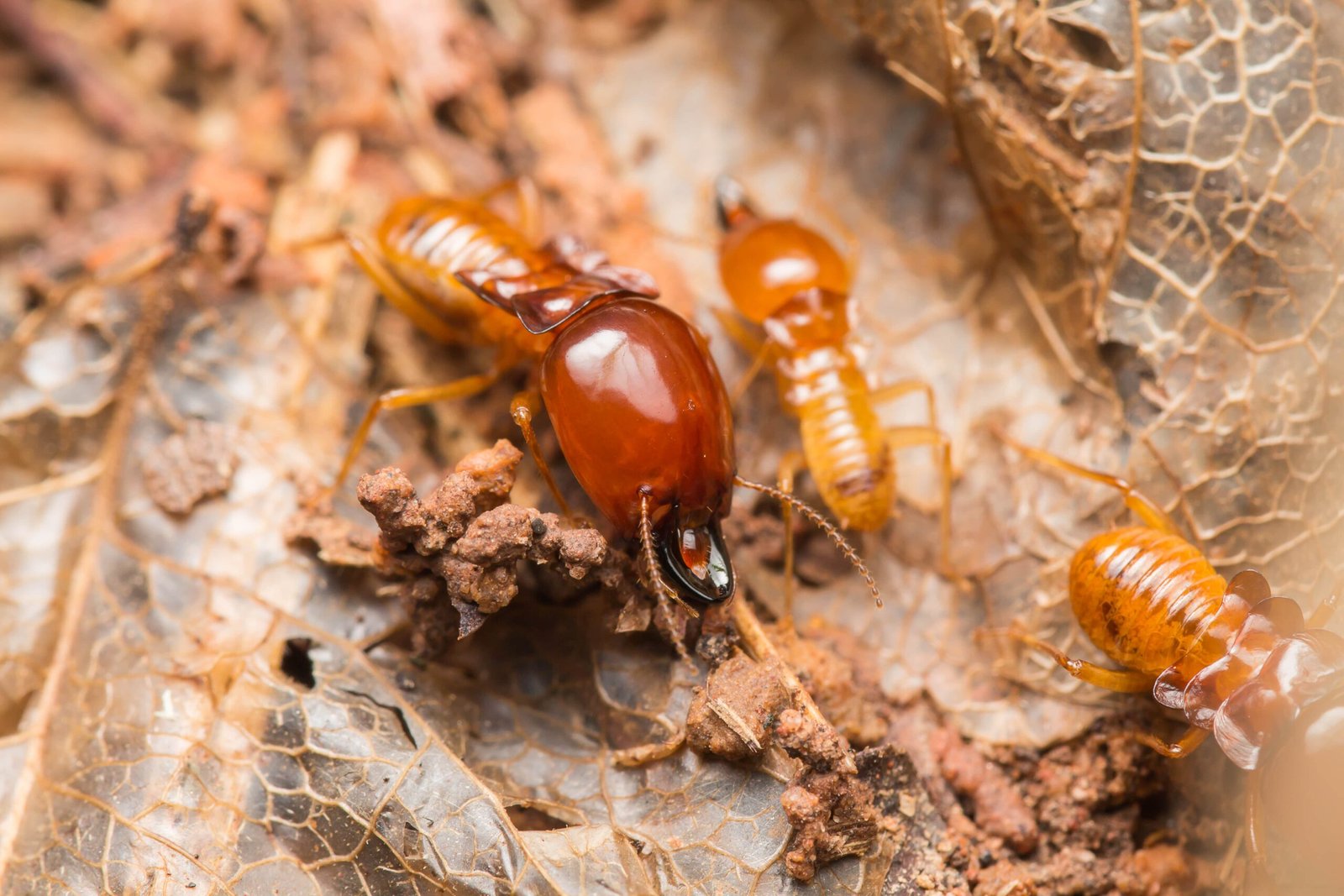
Understanding Drywood Termites: A Comprehensive Guide
Introduction to Drywood Termites
Drywood termites (family Kalotermitidae) are a type of wood-destroying insect that primarily infest and feed on dry, seasoned wood. Unlike subterranean termites that require contact with soil and moisture, drywood termites can thrive in drier conditions and do not need to build elaborate tunnels or mud tubes. This makes them particularly challenging for homeowners to detect until significant damage has been done.
Identification of Drywood Termites
Drywood termites are typically light to dark brown, with adults measuring about 1/2 inch in length. They possess straight, elongated bodies, and their wings are equal in length and have no significant curvature. Key identification features include:
- Color: Light brown to dark brown
- Size: Approximately 1/2 inch long
- Wings: Long, narrow, and evenly sized with no significant curvature
- Body Shape: Elongated and cylindrical
Life Cycle
The life cycle of drywood termites consists of three main stages: egg, nymph, and adult.
- Eggs: A female drywood termite can lay several eggs daily, often hidden within the wood.
- Nymphs: Once the eggs hatch, nymphs emerge and undergo multiple molts before reaching maturity. The duration of this stage can vary depending on environmental conditions.
- Adults: Mature termites can live for several years, with some species living up to 10 years. They form colonies that consist of reproductive individuals (kings and queens), soldiers, and workers.
Signs of Infestation
Detecting drywood termites can be tricky, but certain signs indicate their presence:
- Frass: Drywood termites produce fecal pellets known as frass, which resemble small wood-colored pellets. These may accumulate near infested wood.
- Wood Damage: Signs of damage may include hollowed-out wood, blistering paint, and weakened structural integrity.
- Swarmers: During mating season, typically in warm months, you may notice winged reproductive termites (swarmers) emerging from infested areas.
Common Areas of Infestation
Drywood termites often infest:
- Wooden furniture
- Structural wood (beams, rafters, etc.)
- Wooden flooring
- Attics and crawl spaces
- Exterior siding and decks
Preventive Measures
Preventing drywood termite infestations requires vigilance and proactive measures:
- Eliminate Moisture Sources: Although drywood termites can survive in dry wood, reducing humidity levels in your home can deter other pests.
- Seal Cracks and Crevices: Inspect and seal any openings in the foundation, walls, and roof to prevent termites from entering.
- Store Firewood Properly: Keep firewood away from the home’s foundation and store it off the ground to minimize contact with potential infestations.
- Regular Inspections: Schedule routine inspections with a pest control professional to catch any signs of termite activity early.
Treatment Options
If an infestation is detected, there are several treatment methods available:
- Fumigation: This is a highly effective method where a tent is placed over the home, and a gas is introduced to eradicate the termites throughout the structure.
- Localized Treatments: These involve applying insecticides directly to infested areas or injecting them into wood where termites are present.
- Boric Acid Treatment: Boric acid can be applied to wood surfaces as a preventive measure and can also kill termites upon ingestion.
Conclusion
Understanding drywood termites is crucial for any homeowner or property manager. Early detection and prevention are the best strategies to avoid significant damage. If you suspect a drywood termite infestation, it’s important to contact a pest control professional who can provide a thorough inspection and effective treatment options. Protect your home by staying informed about these destructive pests and taking proactive steps to safeguard your property.